Great action photos and why they’re winners
You can have all the kit in the word, but if you don’t understand what makes a great shot you’ll never get winning action photos.
One of the best ways to improve your photography is to look at published images and try to work; why they are successful (or not). All you need to do then is incorporate what you’ve learned into your images.
Let’s take a look at some great examples and see what can be learned.
Pick your spot
One of the first things you’ll notice about the majority of sport and action photographs that you see published in magazines and on billboards and the like is that the subject is usually quite large in the frame. In some cases this is because the photographer has used a very long, expensive lens, but more importantly they’ve thought carefully about where they should shoot from. The shooting location can make or break an image.
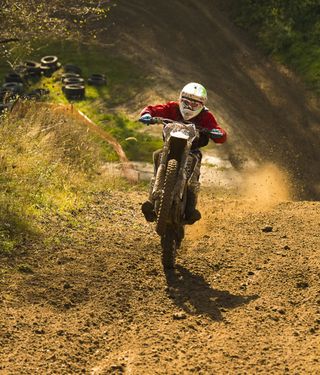
In the image above the photographer has positioned him or herself in front of the lip of a hill in the track. This means that the bikers appear quickly in front of the camera and when they’re going really fast they will fly over the top.
An added bonus of this location is that there’s a patch of sun where the bikers land and this helps to make them stand-out from the hillside in the shadows behind.
A fast shutter speed has been used with this shot to freeze the movement of the biker and to capture the spray of mud along with the trail of dust behind the bike.
Timing
Timing your shot is critical with sport and action photography. Professional sport photographers have cameras that can shot at a fantastic rate and take long sequences of images, but even they have to take care with timing. If your camera shoots at just a couple of frames a second and you can only take a small number of images before it grinds to a halt, you need to be very precise about when you press the shutter release.
Before you take any photographs, spend a bit of time watching the action so that you can decide when is the critical moment and understand the signs that it is about to happen.
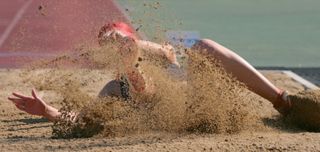
This images captures the moment that the long-jumper has landed, when they’re trying to keep their body forward and avoid marking the sand behind them. The spray of sand helps convey the sense of movement as well as the unpleasant sensation of being covered in sand.
There are lots of photographs of long-jumpers taking off, so this one is a little more unusual and it captures the main aim of the event.
Context
This image benefits from a good shooting location and great timing, but the composition also works in its favour by giving the shot context. Thanks to the restricted depth of field the swimmer in the red cap stands out and is quite clearly the main subject, but the swimmer in the background is also visible suggesting that this is a race rather than just a lane session at the local pool.
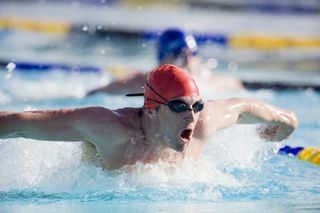
The detail and the bigger picture
As this image demonstrates, concentrating on the subject and trying to isolate it from the surroundings often works well and gives lots of impact. The idea is to look for the most crucial part of the action and home in on it excluding other distractions.
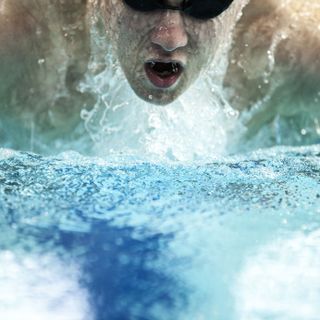
But it’s also often worthwhile shooting a wider frame to give a sense of an event.
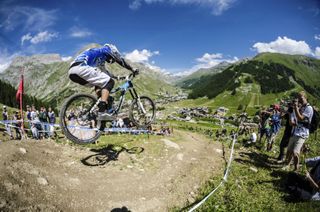
The slight bowing of the red flag on the far side of the track and the difference in the size of the bike wheels indicate that this shot was taken using an ultra wide-angle lens and that the photographer was very close to the cyclist. This, the fact that the subject is in mid-air and the inclusion of the other photographers and television cameras has added to the sense of drama. We can see the track that the cyclist is about to tackle and we understand it must be a major event.

Thank you for reading 5 articles this month* Join now for unlimited access
Enjoy your first month for just £1 / $1 / €1
*Read 5 free articles per month without a subscription

Join now for unlimited access
Try first month for just £1 / $1 / €1
Get the Creative Bloq Newsletter
Daily design news, reviews, how-tos and more, as picked by the editors.
Angela Nicholson has been head of testing for various photography magazines and now works as a freelance reviewer, writer and photographer. You can find her @AngeNicholson on Twitter.
